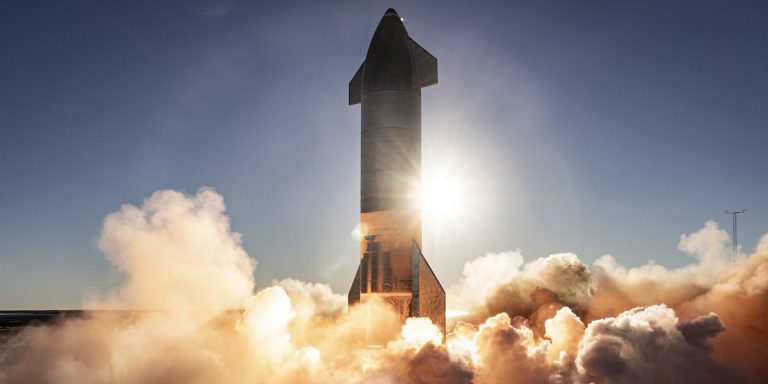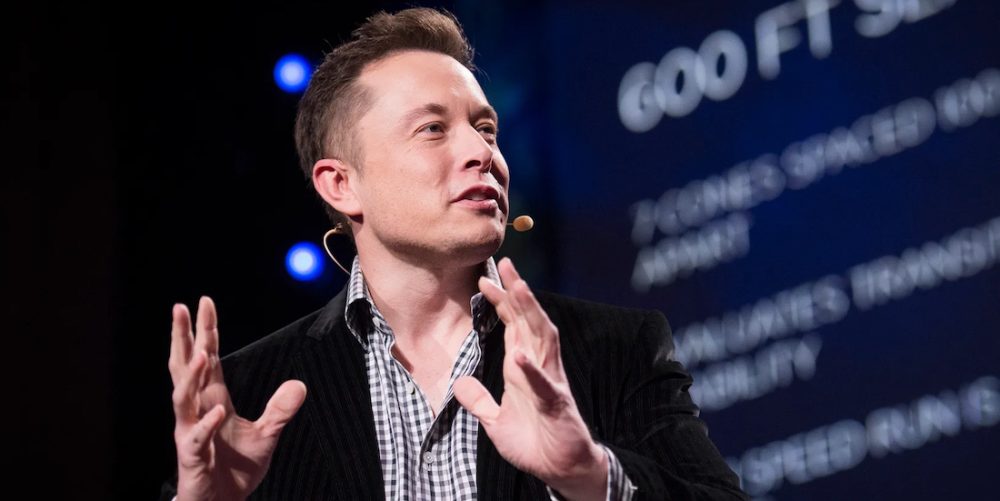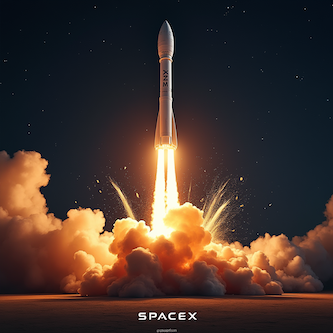
Company faces mounting setbacks as ambitious space program encounters repeated technical failures throughout 2025
New York, N.Y. – SpaceX’s ambitious space exploration program suffered another devastating blow when Starship 36 exploded during routine ground testing at the company’s Starbase facility in Texas, marking the latest in a troubling series of failures that have plagued Elon Musk’s aerospace venture throughout 2025.
The dramatic explosion occurred on Wednesday, June 18, at approximately 11:00 p.m. Central Time as engineers prepared the massive rocket for a static fire test—a critical procedure designed to verify engine performance before actual flight missions. Video footage captured the catastrophic moment when a rupture appeared near the rocket’s nose cone, followed seconds later by a massive fireball that illuminated the night sky and scattered debris across the SpaceX testing facility.
Explosion Details and Emergency Response
“On Wednesday, June 18 at approximately 11 p.m. CT (0400 Thursday GMT), the Starship preparing for the tenth flight test experienced a major anomaly while on a test stand at Starbase,” SpaceX confirmed in an X post, adding that “all personnel are safe and accounted for” and “there are no hazards to residents in surrounding communities.”
The Precinct 1 Constable Office in Cameron County, Texas, where SpaceX’s Starbase facility operates, released video footage on Facebook showing the explosion’s aftermath. Officials confirmed that “no injuries have been reported at this time” and announced that “an investigation is now underway to determine the cause of the incident.”
The resulting fire burned intensely for over 90 minutes before emergency crews successfully extinguished the flames, according to CBS News reports. Local residents reported that windows in nearby houses rattled from the blast’s impact, with the explosion’s effects felt as far away as South Padre Island and Port Isabel, communities located several kilometers from the test site.

Impact on SpaceX’s Flight Schedule
The explosion represents a significant setback for SpaceX’s testing timeline and will likely delay the tenth Starship test flight, originally scheduled for June 29. This latest failure adds to mounting concerns about the Starship program’s technical challenges and raises questions about the company’s ability to meet its ambitious timeline for commercial space operations.
The incident marks another chapter in what has become a pattern of setbacks for SpaceX in 2025. Earlier this year, three consecutive Starship flights encountered failures, revealing persistent technical issues that continue to challenge the company’s engineering teams.

Technical Challenges and Engine Problems
Industry analysts point to recurring problems with the Raptor engines that power the Starship vehicle as a primary concern. These advanced methane-fueled engines, designed to be more efficient and reusable than traditional rocket propulsion systems, have experienced multiple technical difficulties during both ground tests and flight operations.
The Raptor engine system represents a critical component of SpaceX’s long-term strategy for Mars exploration and commercial space transportation. The company has invested billions of dollars in developing this technology, which is essential for achieving the performance specifications required for deep space missions.
SpaceX engineers have been working to address various technical challenges, including combustion instability, turbopump reliability, and engine throttling capabilities. The complexity of operating 33 Raptor engines simultaneously on the Super Heavy booster creates additional challenges for system integration and performance optimization.
Broader Implications for Space Industry

The repeated Starship failures raise important questions about the pace of commercial space development and the balance between innovation and safety protocols. While SpaceX has historically embraced a “fail fast, learn fast” approach to rocket development, the frequency of recent setbacks may prompt closer scrutiny from NASA and other regulatory agencies.
The Federal Aviation Administration (F.A.A.) oversees commercial space launch operations and requires comprehensive safety reviews following significant incidents. This latest explosion will likely trigger additional regulatory oversight and potentially impact SpaceX’s future launch licenses.
NASA has contracted with SpaceX to provide lunar landing capabilities for the Artemis program, making Starship’s successful development crucial for America’s return to the Moon. Any extended delays in the Starship program could affect NASA’s timeline for lunar missions and broader space exploration objectives.
Company Response and Future Plans
Despite these setbacks, SpaceX maintains its commitment to the Starship program and continues to emphasize the importance of iterative testing and development. The company’s leadership has consistently argued that early failures are an essential part of the development process for revolutionary space technologies.
Elon Musk has previously stated that SpaceX expects to conduct multiple test flights and ground tests as part of the normal development cycle. The company operates multiple Starship prototypes simultaneously, allowing testing to continue even when individual vehicles are lost during development activities.
The Starbase facility in Texas serves as SpaceX’s primary development and testing location for the Starship program. The company has invested heavily in expanding the facility’s capabilities, including construction of additional test stands, manufacturing facilities, and launch infrastructure.
75-Word Summary
SpaceX’s Starship 36 exploded during ground testing at the company’s Texas facility on June 18, marking another setback for the ambitious space program. The blast occurred during routine static fire testing, with no injuries reported. This latest failure continues a troubling pattern of technical difficulties that have plagued SpaceX throughout 2025, potentially delaying upcoming test flights and raising questions about the program’s timeline.